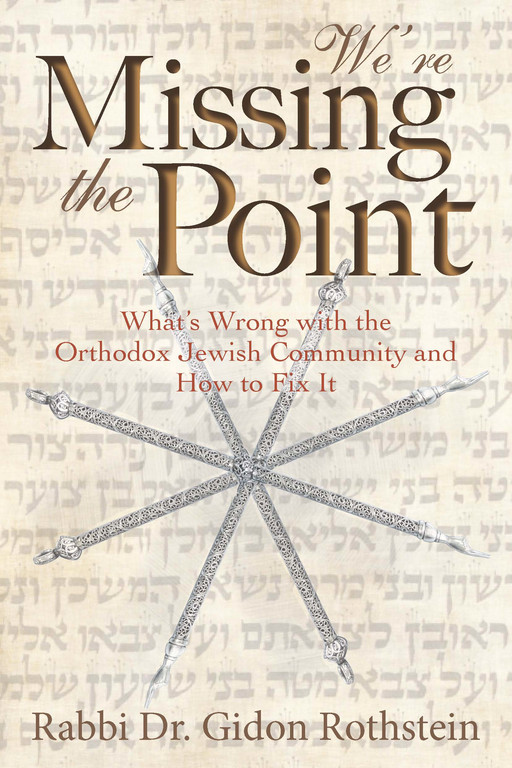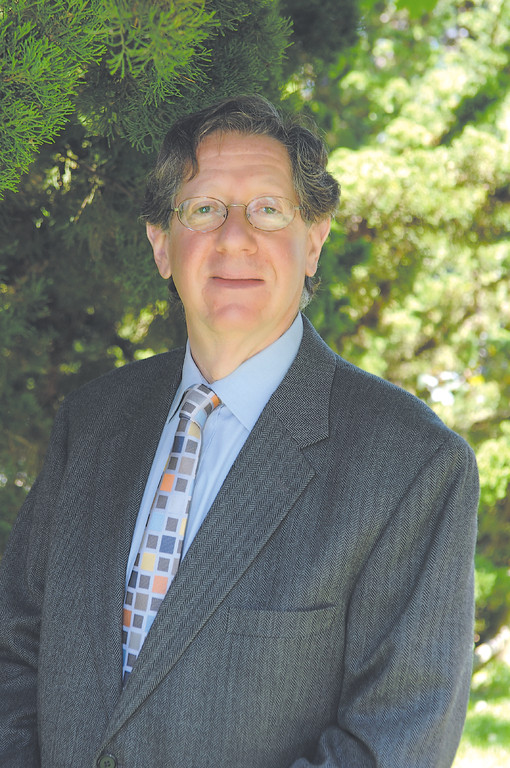You don’t have a prayer? Reviving the shul experience
A much neglected book was recently brought to my attention by my friend, Yitzy Gruen of Brooklyn’s famed Judaica Place on Avenue M, published by the OU, entitled “Missing the Point: What’s Wrong with the Orthodox Jewish Community and How to Fix It.” Its author is Rabbi Dr. Gidon Rothstein of Riverdale.
While its theme claims to offer solutions to various synagogue-centered problems, my focus in this brief review will center on his treatment of prayer and its application in our faith community. Some of the good rabbi’s observations are worth your attention as well as your adoption on a selected basis.
In a chapter titled, “Synagogues as a Place of Worship of G-d,” the author opens his thesis with the following challenge:
“Schools may prepare children for adulthood, but — as a sociological fact rather than a halachic one — synagogues are where Jews live out that adulthood. Before even thinking about those institutions, I stress that synagogues are, at best, an efficient organizing tool for religious life, not the sum total of it. My question here, therefore, is whether synagogues serve their basic function: helping congregants get closer to G-d.”
Further on, focusing on the essence of prayer within the synagogue’s purpose, the rabbi states this rather sober observation:
“As part of our discussion of synagogues, we should remember what we found regarding prayer. As we saw, Avraham learned and taught us that prayer is an opportunity to go beyond simple acceptance of G-d’s plan to make creative, productive suggestions about how better to shape the future.
To be plausible, such ideas build upon a deep understanding of what G-d sees as a positive direction for the world, but that standard is flexible enough to leave room for human input in both conceiving the future and acting to bring it about.”
I found this vignette rather interesting, almost as an invitation to the composition of spontaneous prayer texts to either supplement or replace the standard siddur texts.
He then cites the following observation by Rabbi Joseph B. Soloveitchik, zt”l: “The problem with American Jews is that they don’t want to daven; they want to have davened.”
According to Rabbi Rothstein this means as follows:
“In many synagogues, people show great devotion to attending communal prayer but then fail to actually pray. They open the siddur and recite the words printed there but do not register what they are saying, let alone recognize the invitation to plead their case before G-d. Prayer, from what Avraham Avinu taught us, challenges us to express our individual religious autonomy, to become expert enough at understanding G-d’s goals so as to be able to make creative and original contributions towards achieving them; synagogues today too infrequently convey that perspective.”
While this is not specifically and directly stated, it is my opinion that these sentiments can only be practiced, in part, with the recitation of some of the prayers in the vernacular, coupled with a healthy dose of silent meditation. While such worship choreography is hardly the norm in orthodox shuls, some allowance may have to be considered in the years to come.
Just consider the increasing sales of traditional prayer books in linear type, something that would have been unheard of not too long ago. The very presence of the English translation on the very same page of the original Hebrew text was anathema to many super traditionalists.
While I am certain that this was hardly the intent or motivation behind Rabbi Rothstein’s writings here, the practical value of what he states only reinforces the impression that an element of some formatted change might be in order to effectuate the practice of an effective prayer experience for many.
For starters, please note:
A contrasting viewpoint is seen in Rabbi Zalman Schachter-Shalomi’s latest book, “Davening: A Guide to Meaningful Jewish Prayer” [Jewish Light, 2012]:
“Jewish prayer begins with kavanah. To daven with kavanah means to pray with focus, intention, meaning. It means praying from the heart, rather than prayer centered solely in the mind. … Our inner search for kavanah might at first be satisfied with a momentary boost of intention. Ultimately, though, we want our kavanah to be transformational. We seek a complete realignment of the soul, a mesirut nefesh — a handing over of the soul to G-d’s work. We wish to become the very intention and kavanah of G-d.”
Let me conclude this week’s essay with the following from Rabbi Avraham Davis, the greatest living interpreter of Jewish liturgy, who was a pioneer, the first to apply the revolutionary linear style to the siddur and tehillim.
He teaches us the following, taken from the introduction to his English tehillim:
“Sefer Tehillim has had the greatest influence upon the development of the Jewish mind and spirit. It has truly become the book of the people, many of whom recite its chapters with a frequency and fluency that no other sacred book is accorded. It enjoys this popularity because we identify ourselves with the problems and yearnings portrayed in it.
“We draw strength, comfort and security from its words. It is basically for this reason that we published in the linear style. This style of linear translation gives the reader an excellent opportunity to understand the meaning of the words while reciting them in the original Hebrew text. It permits him to capture the essence of each praise and prayer. It allows the tehillim to be ‘said’ without the cumbersome apparatus of lengthy commentaries.”
Perhaps Rabbi Davis’ work, serving as the ideal model, can be evaluated anew, and reprinted with the Koren typeset, as applied to the linear nusach of Rabbi Davis, and be brought to the public for the enhancement of their davening experience. Hopefully, with time, this would bring our liturgy back to its originators’ intent as a meaningful worship experience for all.
Columnist@TheJewishStar.com

 60.0°,
Mostly Cloudy
60.0°,
Mostly Cloudy 







